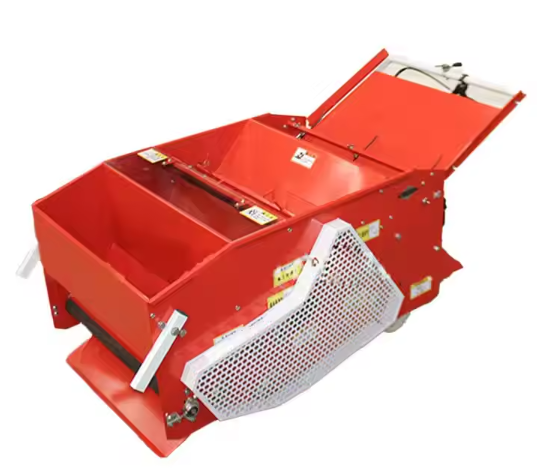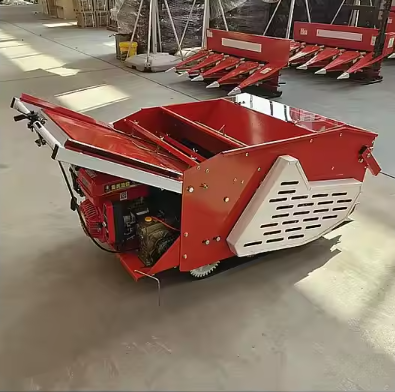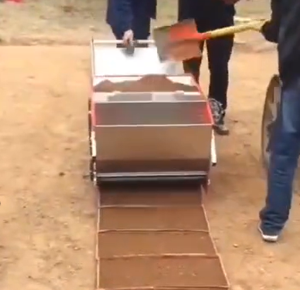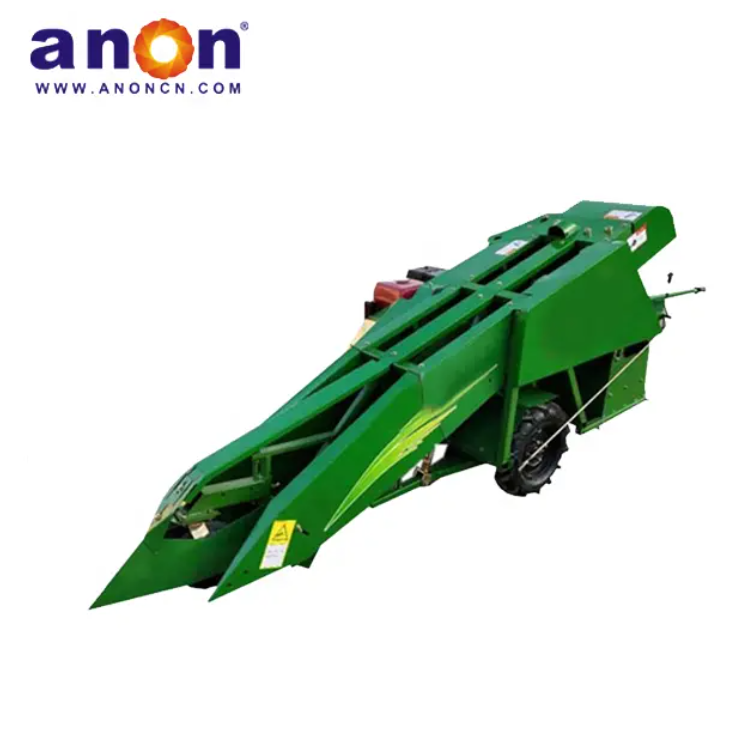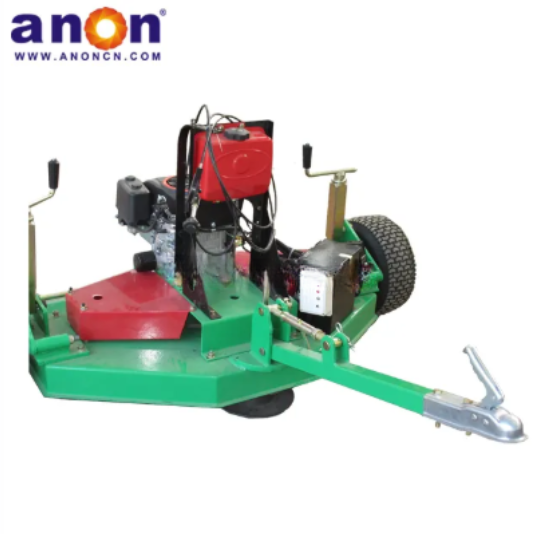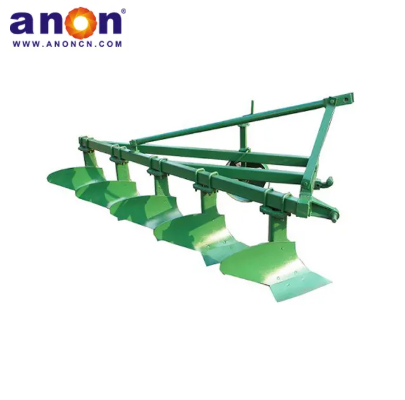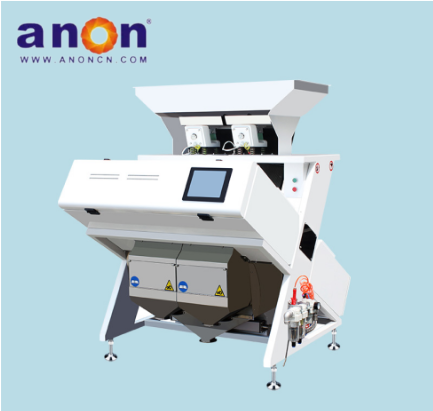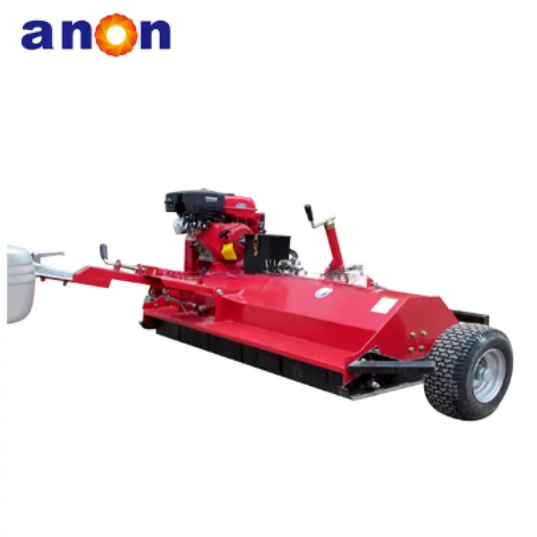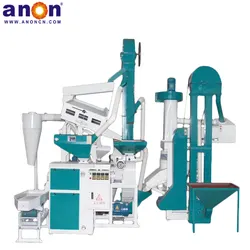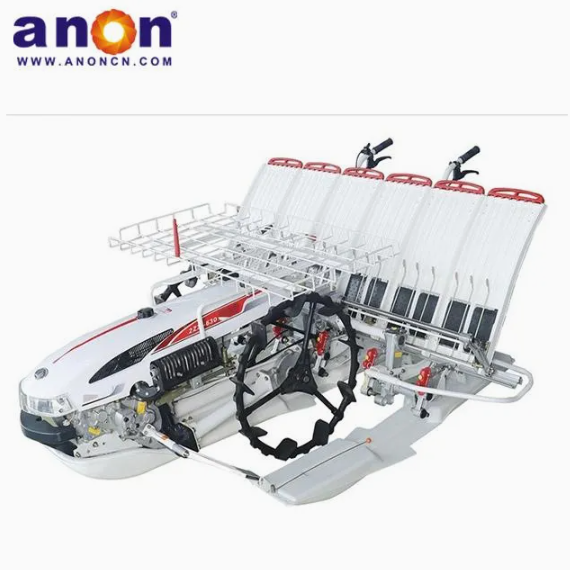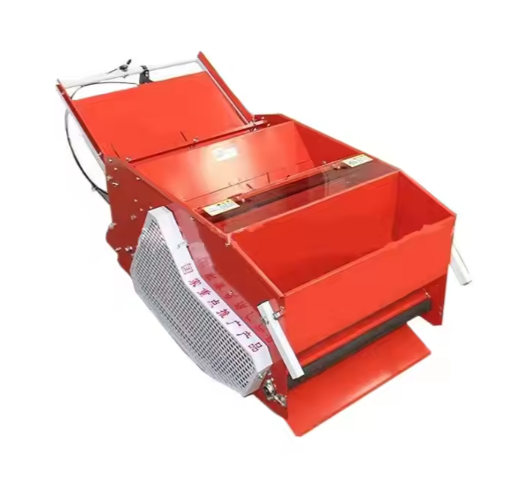
ANON Nursery Seeder
ANON nursery seedling machine is a special equipment used for the large-scale cultivation of rice, vegetables, and other crops in agricultural production.
1. The machine is made entirely of 304 stainless steel plate, which is rust-free, has high strength, is lightweight and flexible, and has a compact structure.
2. Equipped with a 170 gasoline electric starter engine, generator, and battery for cyclic charging during operation, providing stable and powerful power.
3. Electronic seeding, equipped with a synchronous speed regulator, ensures smooth walking.
4. Equipped with synchronous sensors, sowing, walking, and covering soil work synchronously to truly achieve uniform and accurate sowing.
5. Set up a seedbed compactor and walk in a straight line to make the tray stable and tightly fastened.
6. Integrate the laying of subsoil, sowing, and covering of soil, and complete the layout synchronously.
7. Low labor cost, high operational efficiency, 800-1500 units per hour.
8. The sowing thickness is 2mm-30mm, and the sowing amount is adjustable from 50g to 250g. It is suitable for flat disks, hard disks, floppy disks, concave and convex disks, and dry soil without scratching the disk.
Our Products
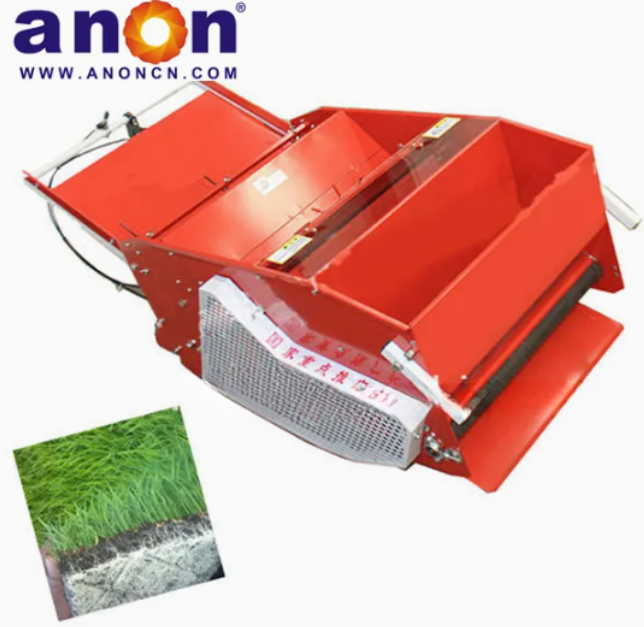
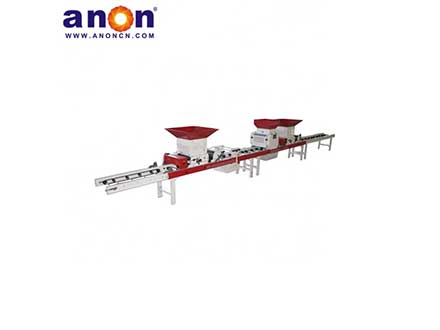
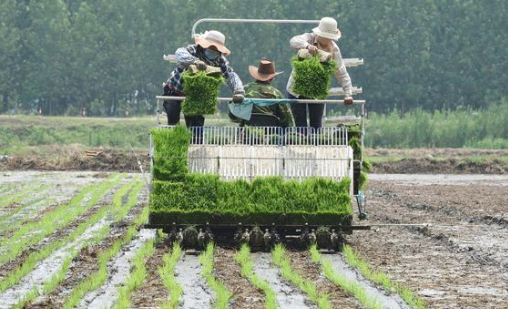
High mechanization
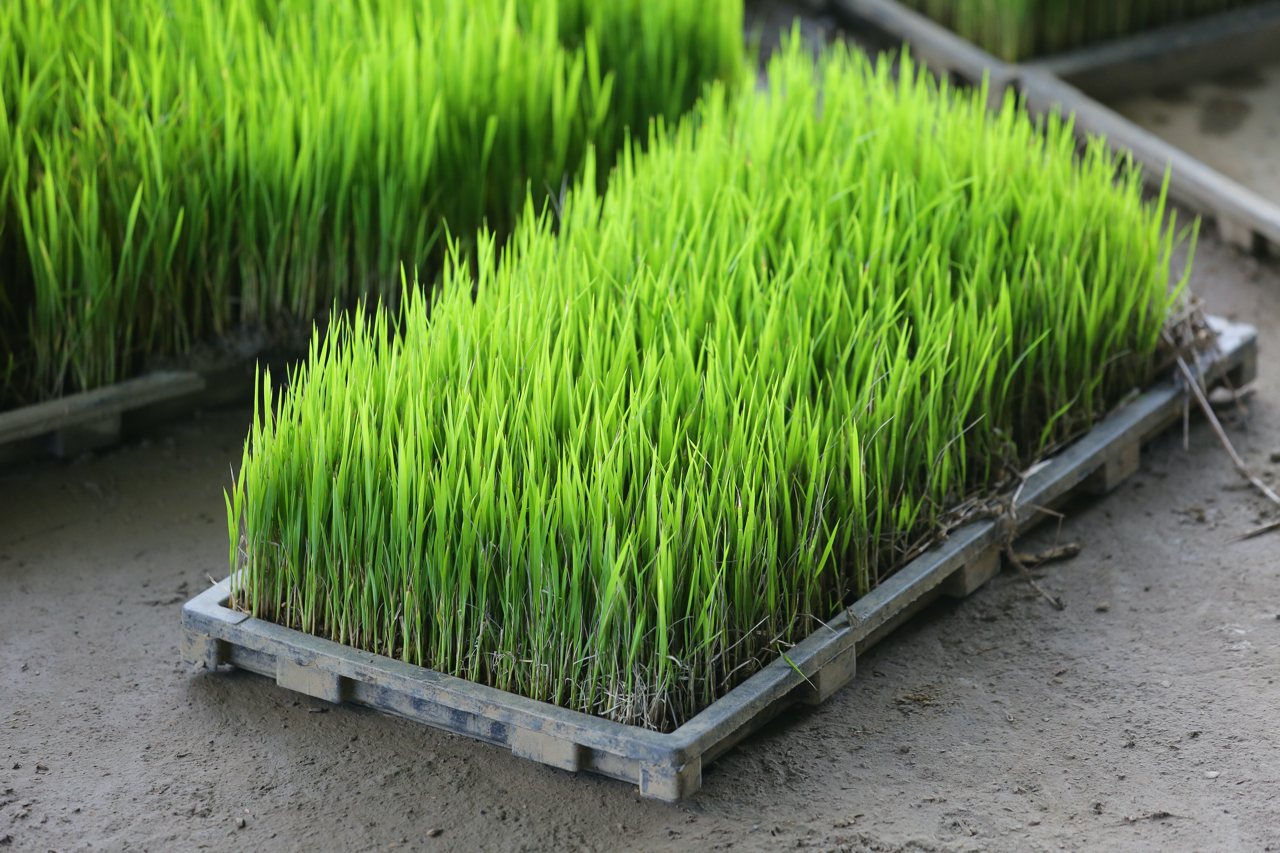
Good nursery quality
Mechanical seeding, soil covering, and uniform watering effectively avoid areas of overcrowding and exposed seeds that can occur due to manual manipulation. The uniform number of seedlings in each hole ensures balanced light and nutrition for the seedlings during growth, leading to robust individual development. Uniform seeding and mechanical compaction also ensure deep and long root systems, making the seedlings more resistant to lodging and drought after transplanting, and allowing them to quickly re-green. The uniform arrangement of seedlings facilitates consistent water and fertilizer management and pest and disease control.
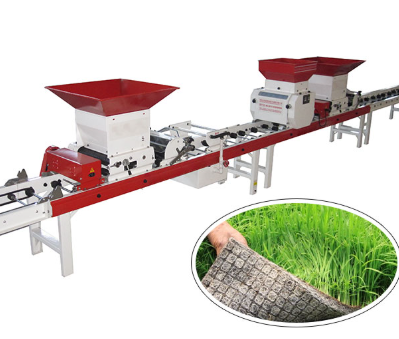
High efficiency
The process of manual seedling cultivation is cumbersome, relying entirely on manual labor from soil screening to watering, which is slow and difficult to ensure uniformity. The ANON nursery seedling machine can achieve fully automatic operation for you, completing soil laying, sowing, covering, and watering in one go. The medium-sized model can raise 800-1500 seedlings per hour, greatly shortening the seedling raising cycle. Its precise sowing function ensures the sowing of 1-3 seeds per hole, avoiding uneven planting density caused by manual sowing. The seedling rate has increased from 70% manually to over 95%, and the seedling growth is uniform and robust.
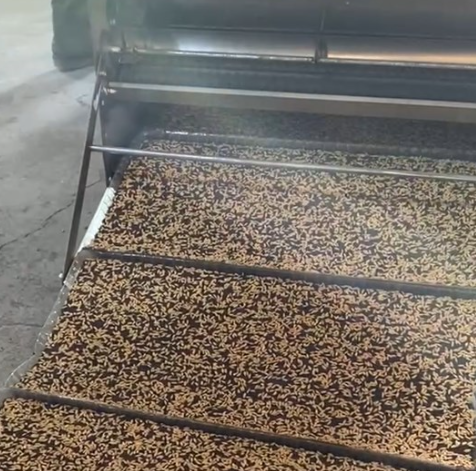
Cost savings
The economy of the ANON nursery seedling machine is very significant. To achieve precise sowing for you and reduce seed waste by 15% -20%; One person operation can replace multiple people, significantly reducing labor costs; The quality of the cultivated seedlings is stable, with fast greening and multiple tillers after insertion, directly improving the later yield. And there is no need to constantly monitor the weather and temperature and humidity. The machine automatically controls the amount of watering, making the seedling raising process more worry-free.
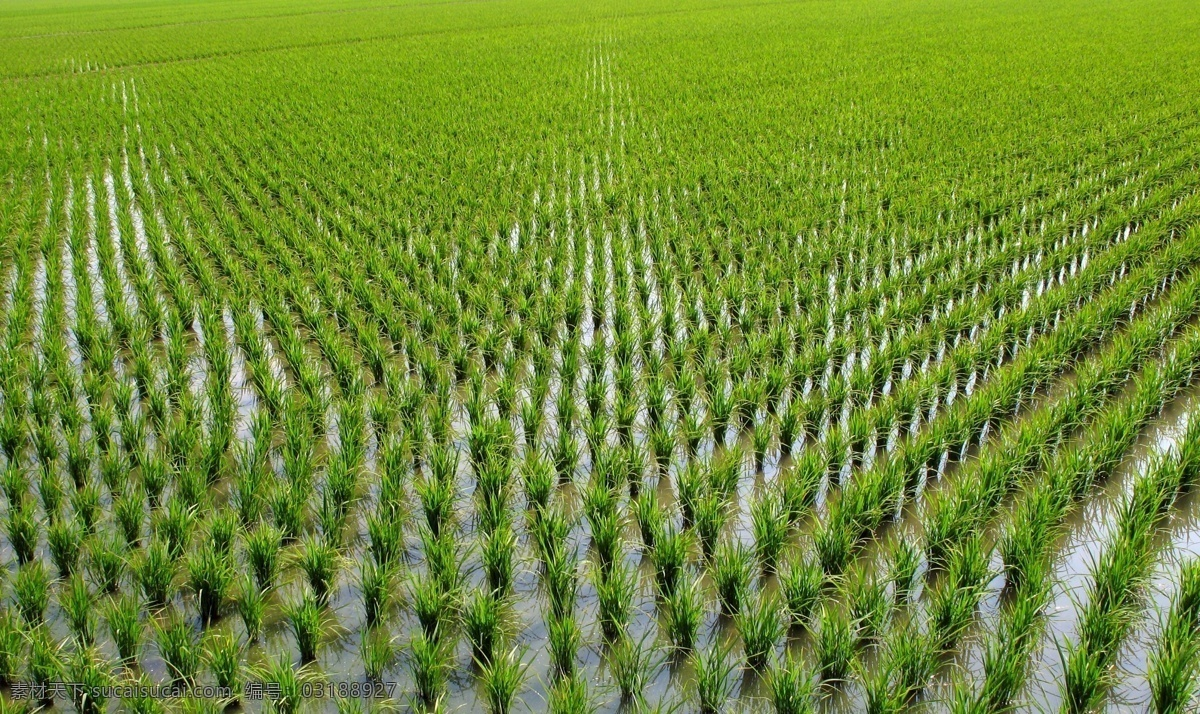
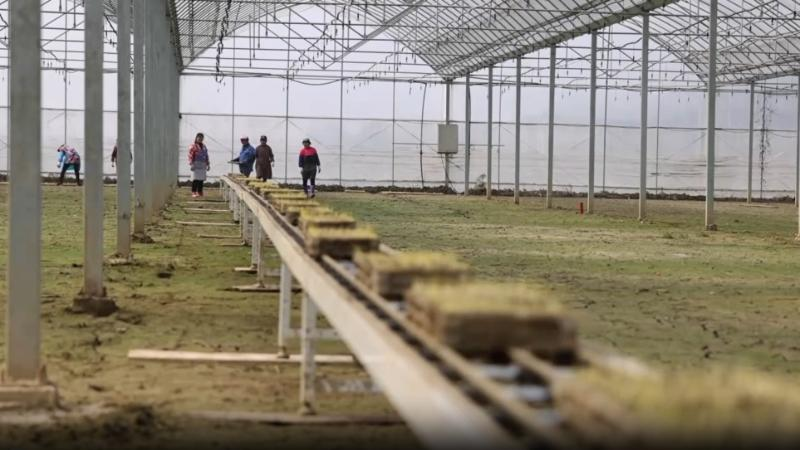
FAQ
In the early stages, use a high-phosphorus fertilizer, such as diammonium phosphate (DAP), monopotassium hydrophosphate (TSP), or nitrogen-phosphorus-potassium (NPK). These phosphorus-rich fertilizers support root growth and ensure a healthy initial growth of the rice. As the rice grows, nitrogen fertilizer becomes increasingly important. Use a high-nitrogen NPK blend or supplement nitrogen fertilizer with urea or ammonium sulfate.
It may be due to the lack of germination or vitality of the seeds, soil compaction, or insufficient nutrients in the substrate, improper temperature and humidity control, etc. High-quality seeds and substrate can be used in conjunction with greenhouse management.
Common problems:
1. Uneven sowing: Clean the blocked suction holes or replace the drum
2. Conveyor belt jamming: Check the motor or adjust the placement position of the seedling tray
3. Insufficient water spray: Clear the nozzle or check the water pump
4. Contact after-sales or maintenance personnel

